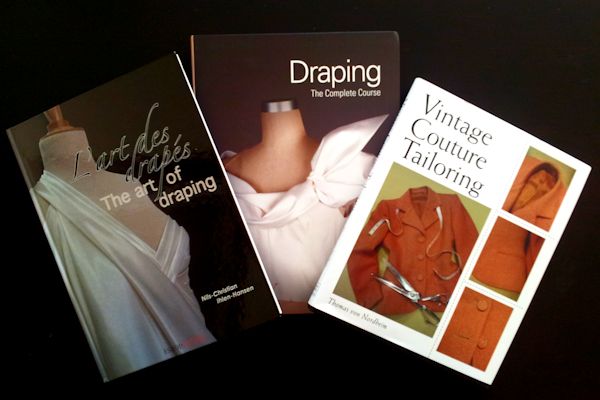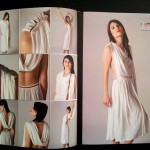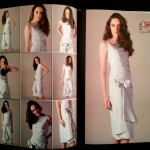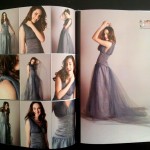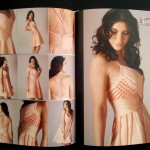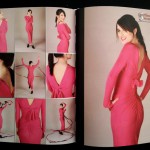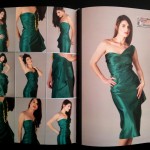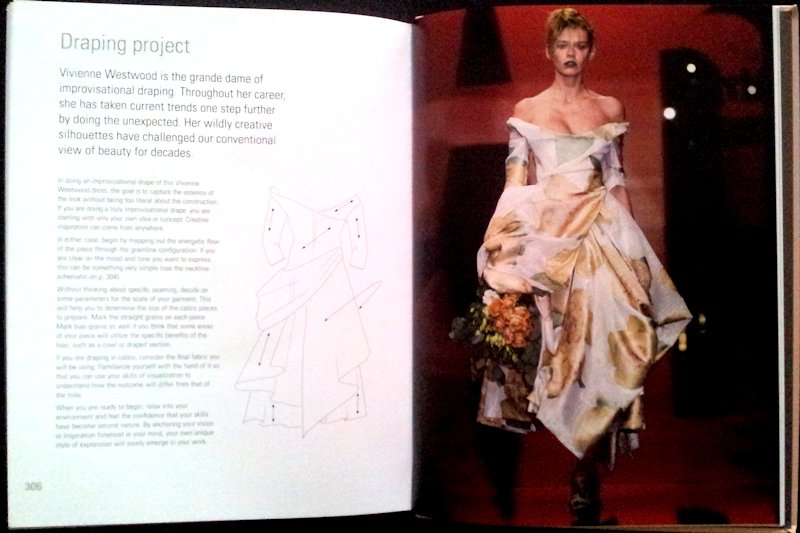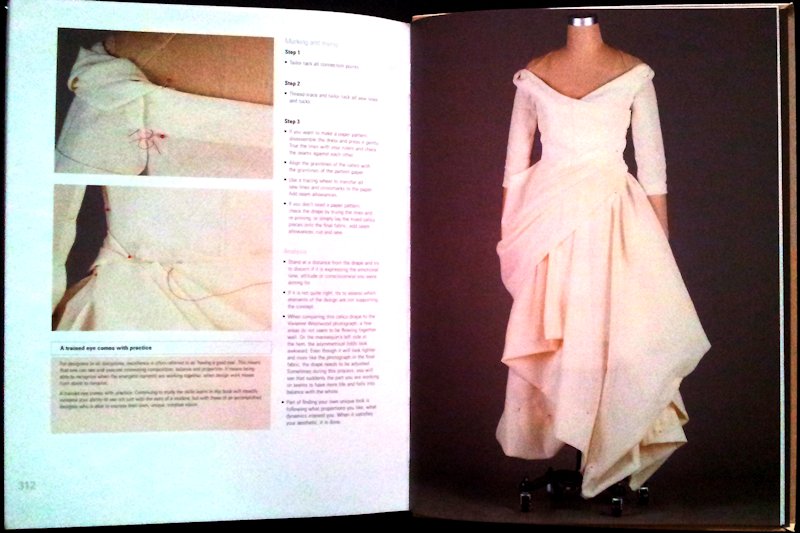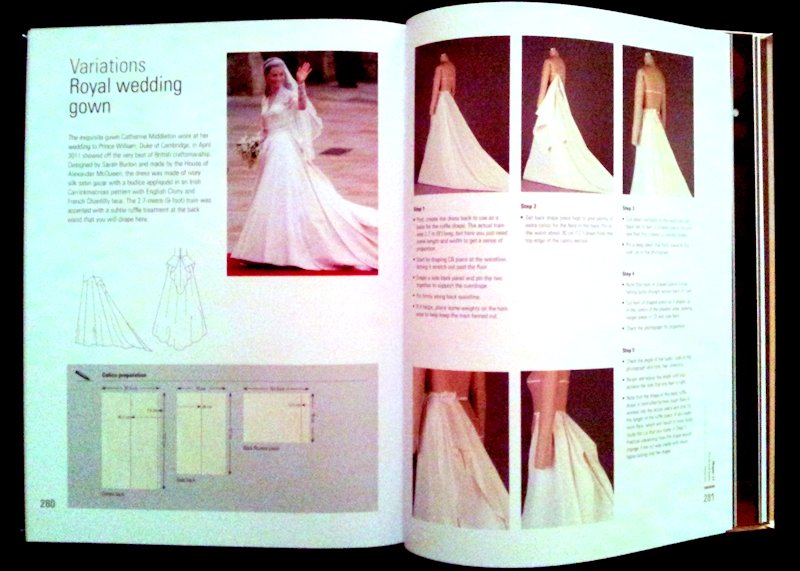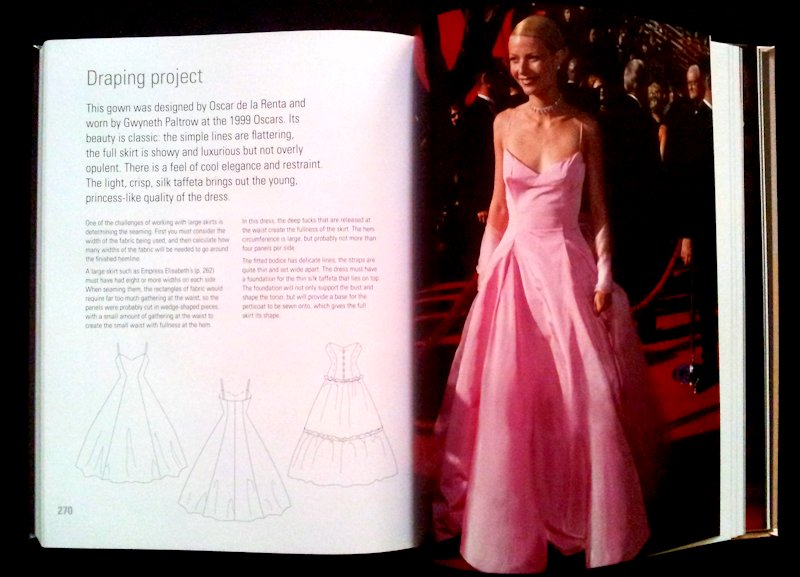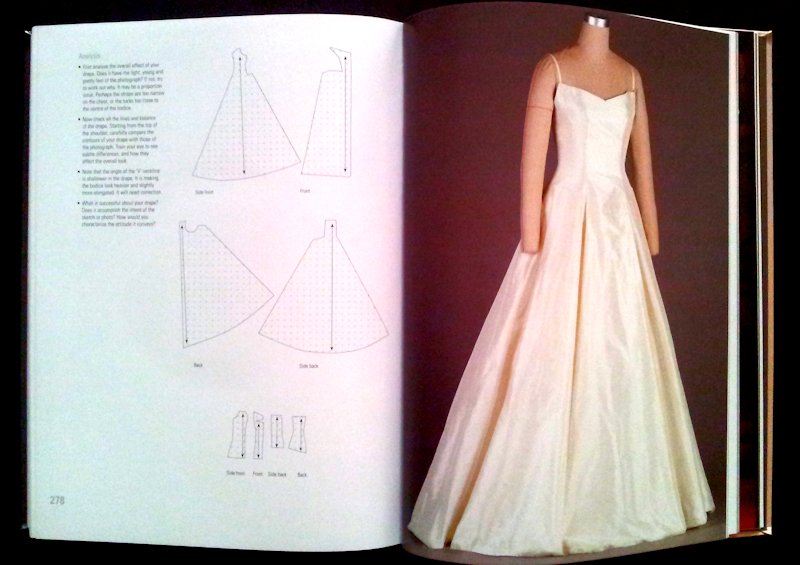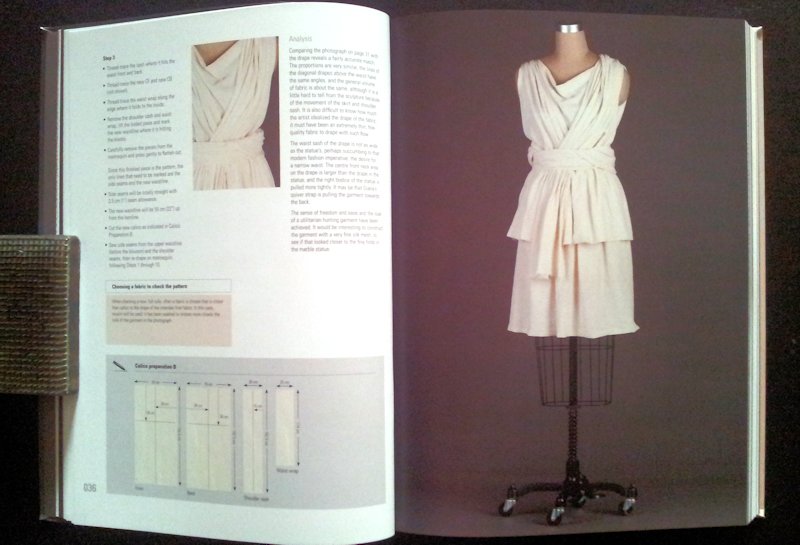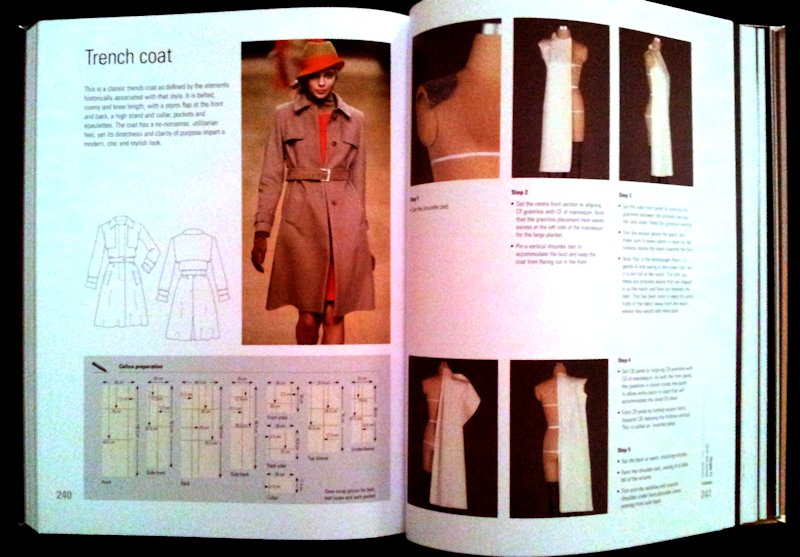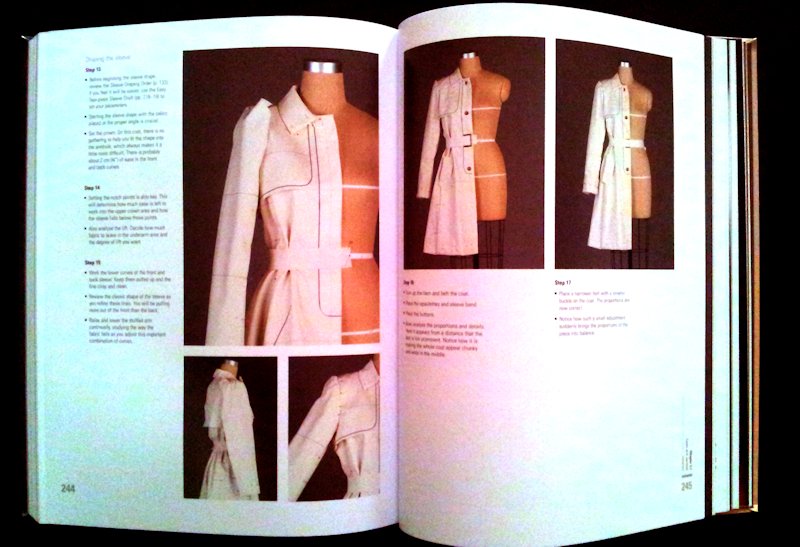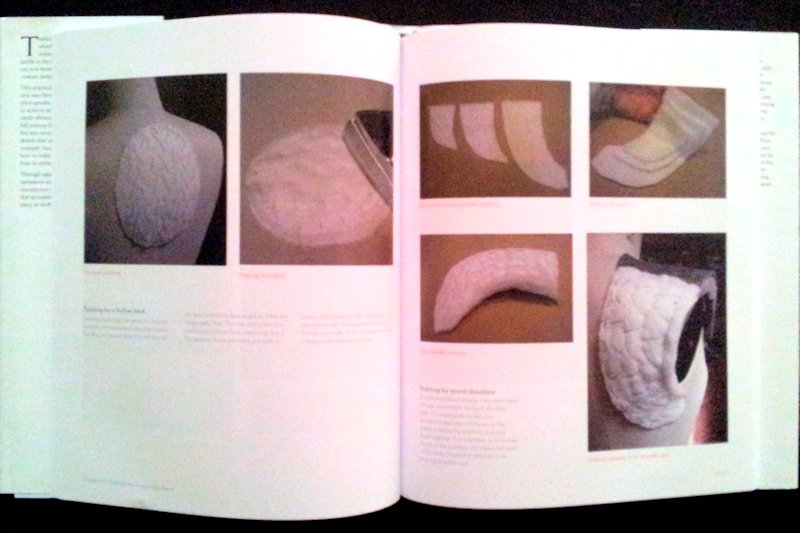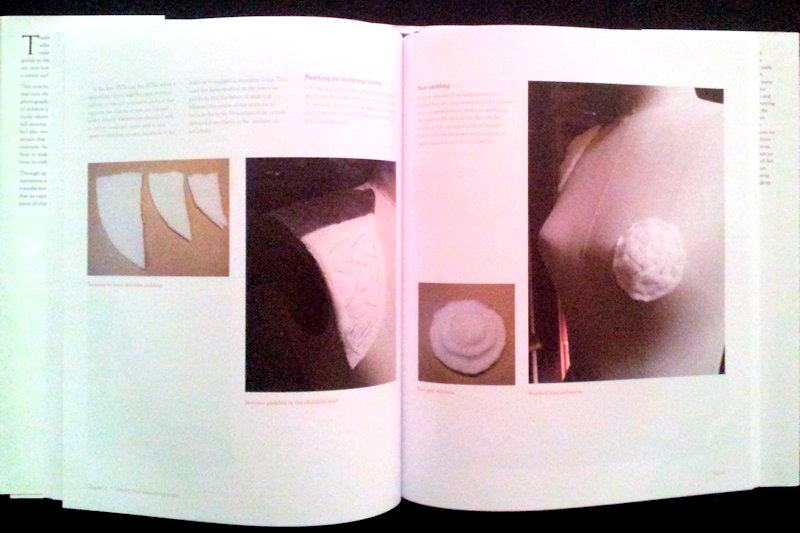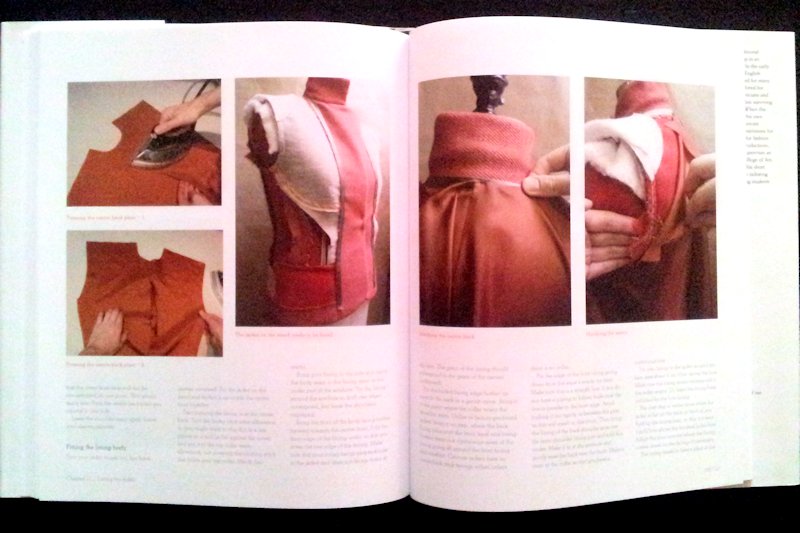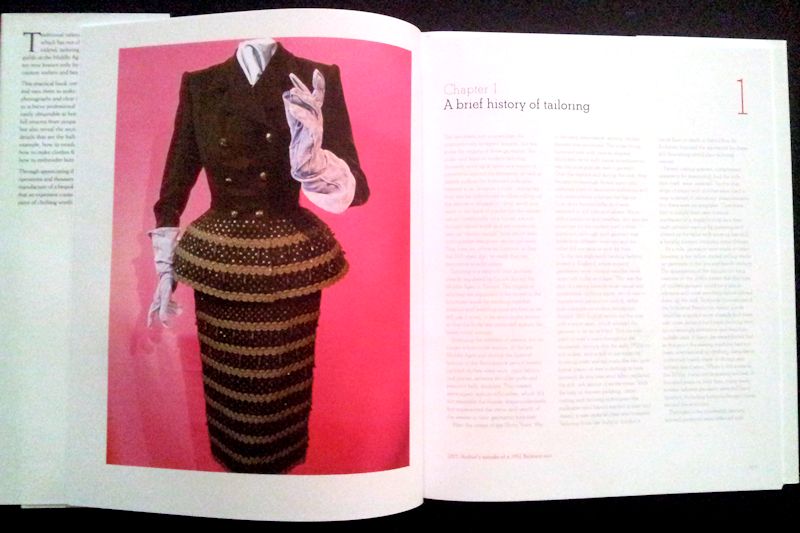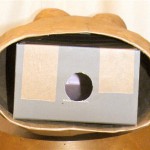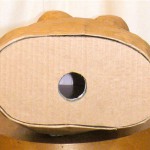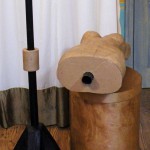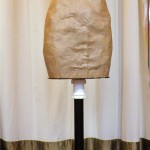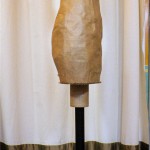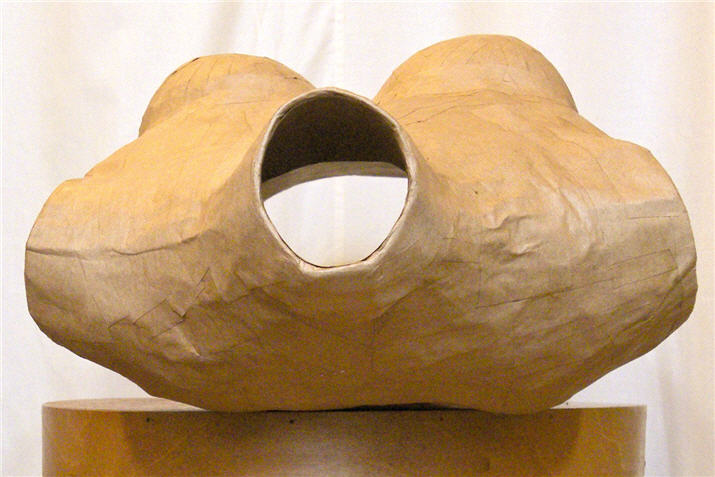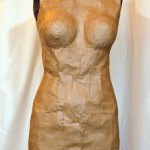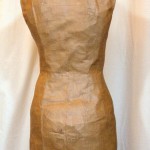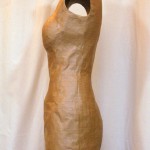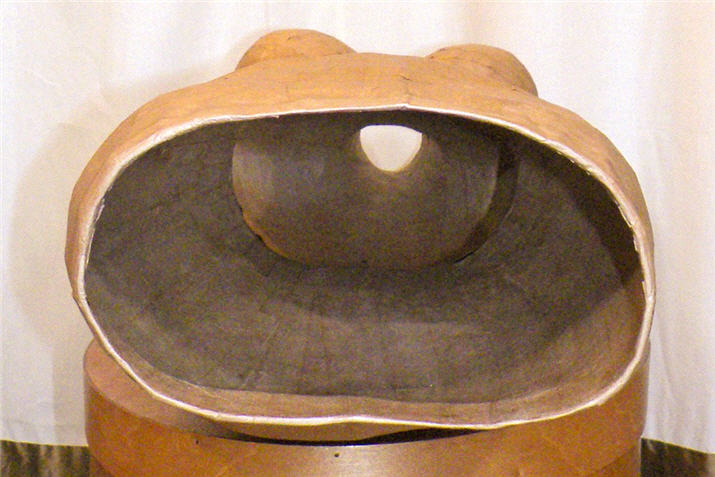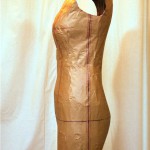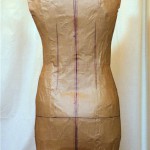Look what came in the post today: These lovelies to keep me motivated on finishing Q, my new home-made dress form.
I haven’t read them in-depth yet. So no review. Just first impressions / why I bought them.
I already own Draping for Fashion Design, so don’t really need another draping book. But come on, who can resist all those luscious photos. Drool.
 The art of draping
The art of draping
This one is quite different from the usual draping text books. It does not cover all the basics. Rather, the author, who worked for the Parisian couturiers Patou and Pierre Cardin, focused on six kinds of draping that he feels demonstrate the art of draping. There’s a sample dress design for each and step-by-step photos of the draping process…
Not every design is my cup of tea, but they’re look more high fashion than in a lot of draping and pattern-drafting books. Well, most of these books don’t even have photo illustrations. So no competition there.
There are also plenty of other high fashion runway photos illustration the application of these different draping methods. These aren’t illustrated with step-by-step draping guide. But I don’t feel cheated like I do with some of the other books. The sample designs that he does go through in details make me feel that he knows what he’s talking about and those runway photos aren’t just to lend an air of authority to an otherwise unexceptional book.
So not really your starter draping book, but certainly compliments those more basic books. I really like it because I’m mostly inspired by fashion photos & clippings I collect, and the draping projects in this book look much more inspiring than the mundane examples in most other draping books. You almost feel like you’ll be able to create one of those fabulous couture dresses one of these days. Now the only problem is where to wear it to!
A word of caution though. The book is in English & French. I find it a bit jarring to spot the English instructions amongst the French.
 Draping: The Complete Course
Draping: The Complete Course
I’ve wanted this one ever since Peter of Male Pattern Boldness reviewed it, but couldn’t justify it without a working dress form.
This one is more like the standard draping books. It does the some basics, but isn’t as comprehensive in the variations of designs covered as my Draping for Fashion Design. But it most definitely is more inspiring. I mean, it even has a recreation of a Vivienne Westwood dress. Yum!
Celebrity junkie are you? How about recreating the train of Kate Middleton’s Alexander McQueen wedding dress…
Or the Oscar de la Renta dress that Gwyneth Paltrow wore the year she won the Oscar!
More inspired by history? There’s this Grecian dress and this corset with Georgian shape for you…
Want classy & smart? Can’t beat a well-shaped trench!
OK, maybe it’s just me. But this home sewer just can’t mentally stretch from illustrations of your typical draping book to fabulous garments of the fashion mags. This coffee table style book hits the sweet spot and get my dough. Let’s just hope it won’t feel be horribly dated in a decade or two!
And last but not least, and not a draping book…

 Vintage Couture Tailoring
Vintage Couture Tailoring
I saw this in a brick & mortar bookstore and was hooked by these photos:
I mean what the… LOL. I’ve never seen back pad & bust pad mentioned in any other tailoring books.
OK, if it was just this it wouldn’t justify the purchase. But the book is full of lots of step-by-step photo-illustrations. And you know I like my photo illustrations!
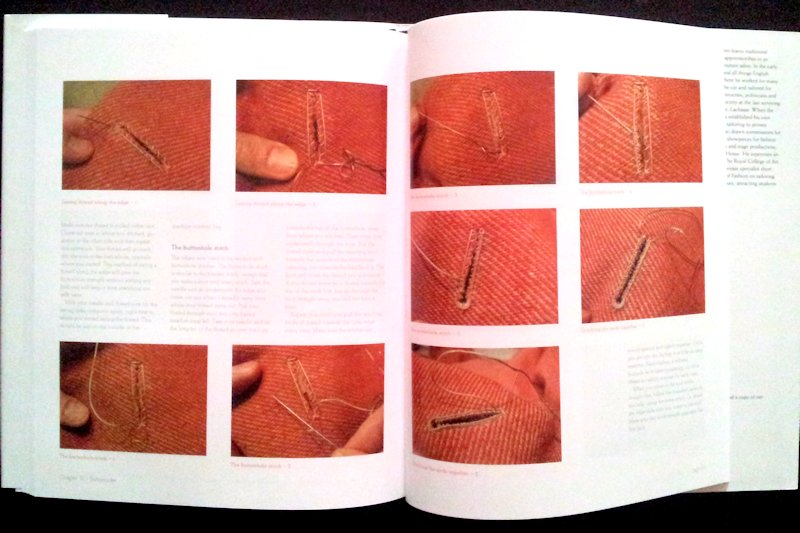 Granted, it’s just one jacket all the way through. And it doesn’t cover fitting.
Granted, it’s just one jacket all the way through. And it doesn’t cover fitting.
But I’m sure I’ll learn something new. Something in addition to the padding in weird places, which I may very well make use of now I know how lopsided I am. I mean, just look at the innards of that jacket…
I feel like if I practice these techniques for long enough, they may let me through the back door of Savile Row!
And again, attractive example of the author’s handiwork really help sells the book to me. Here’s a remake of a 1951 Balmain suit he made…
The only complaint I have is that like other reviewers, I also find the text very difficult to read because the text colors weren’t dark enough. A magnifying glass helps though.
OK, better get back to that dress form so I can justify these purchases…

